I recently had a conversation with someone who was telling me how he had restored an old piece of furniture by replacing a wooden handle, which had broken off, with an antique metal one that matched the furniture very well. I explained to him that what he had done was not called restoration, even if the furniture looked nicer than it had originally. Based on this, I thought it might be useful to explain what furniture restoration is and how it differs from furniture reconditioning.
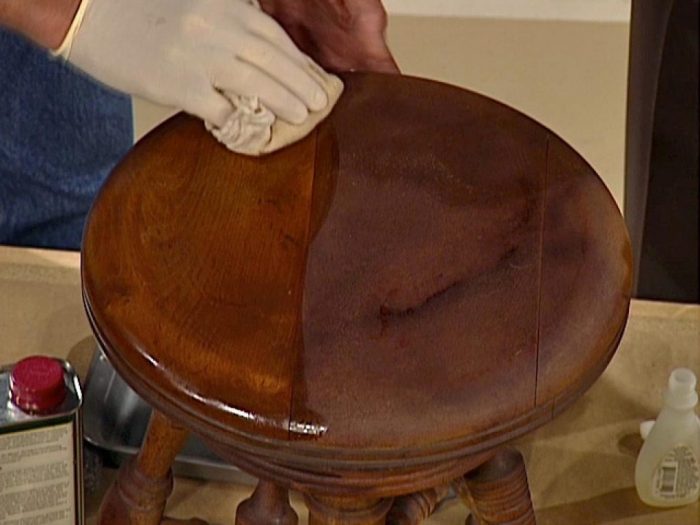
According to DEX, restoration is "repairing, restoring, reconstituting a work of art, an architectural monument, etc., respecting the original form, the original style". In other words, when restoring an old piece of furniture, nothing has to be changed in either design or appearance. What is more, the repair is carried out using the materials originally used to make the furniture, ruling out the use of similar modern products on the grounds that they are more resistant and easier to use.
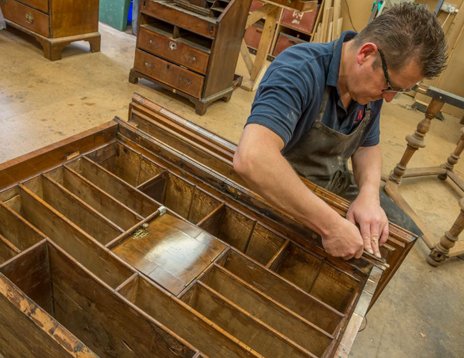
Restoring furniture cannot be done by anyone at home as a diy project unless that person is a professional restorer. A restorer knows the old techniques, has a knowledge of art history and has certificates to prove their specialization. Restoration increases the value of old furniture, making it a valuable object. I can cite the auction at the famous Christie's, where a 16th century Florentine Florentine wardrobe sold for 36 million dollars. It's the most expensive furniture ever soldbut there are many other examples of furniture sold for not inconsiderable sums.
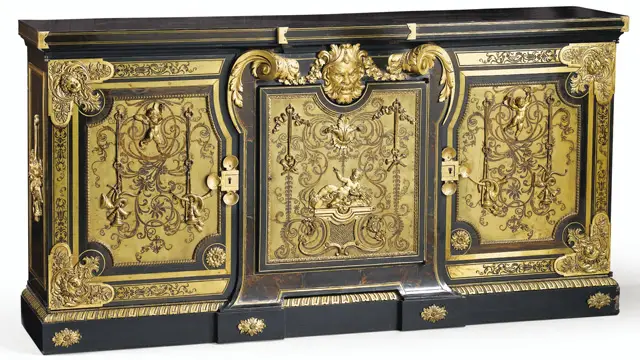
photo source: sothebys.com
Restoring furniture is as difficult as restoring a work of art. You need to identify the style and the period when it was made, to see what materials were used and how any missing parts should be restored. You may remember the series of articles on styles in furniture. Each style has specific elements of identification - the shape of the legs, the carved elements, the colors used, the wood essence, etc - they are found, in part or in whole, in each piece of furniture. From these elements the style and approximate period when the furniture was made is identified. We work with materials that were still in use then, even if they are less resistant than those used now. The important thing is that the furniture is an exponent of the past, not that it has increased resistance to steam or alcohol stains.
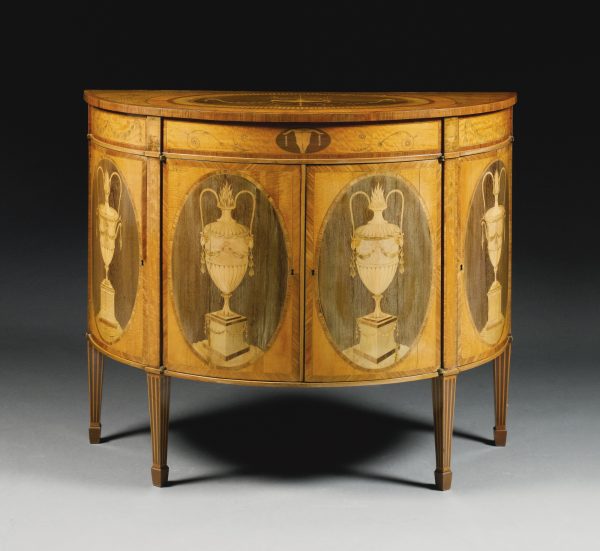
If you have old and rare pieces of furniture, call in specialized people for restoration. It's not cheap, but don't risk it because not everyone who knows wood knows how to restore old furniture. Years ago a friend of mine wanted to restore an old extending table with an original wooden hook extension system, what can I tell you, a beauty. He ignored my advice and took the table to a very well known furniture factory where it was repaired, beaten and varnished. They simply destroyed it. Don't get me wrong. It was tightly lacquered, stain free in color and with its varnish well stretched and glossy, but it had none of the beauty of the table that it had been. It was useful, but worthless.
If the old furniture you have has only sentimental value and you'd like to repair it while preserving as much as possible of its original appearance, then we're talking about furniture reconditioning. Reconditioning, again using the DEX, means to repair, to restore, to bring into working order. How this is done is practically irrelevant. What matters is that the object is functional again.
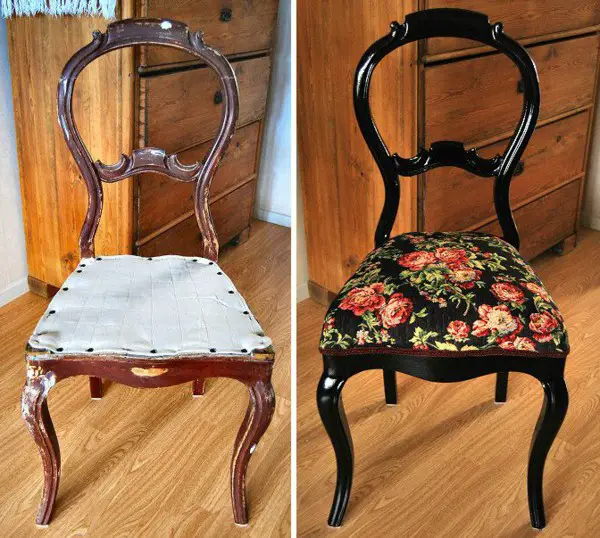
What does this mean for furniture? It means that the limits are no longer so rigid, that the sofa's brocade no longer needs to be carefully cleaned and restored but can be replaced with a beautiful velvet, the table can be lacquered with a more resistant varnish, the wooden handle can be replaced with a metal one and the old mirror can be replaced with a new, beautifully faceted one. Your furniture will be clean and functional again, and your memories of it will not suffer.
Although it's much simpler to do, and in this case it's better to call in people who know what they're doing, especially as you'll be paying less than restoring furniture. It is much harder to restore an old thing than to make a new one from scratch. And this is where you need experienced people if you want your furniture to remain as you remember it.
We also have companies that deal in furniture restoration as well as furniture refurbishing and reconditioning. doors of wood. These are people who have many years of experience in the field, and if you need certifications they can give you those too. Don't start repairing furniture in your home unless you want to reinvent.




































A wonderful article!
[...] I declare myself a connoisseur of refurbishment, but as a first step I think that an itinerary with the problems should be established [...]
I recently bought some pieces of white glossy furniture with curved legs.The wood is covered in resin or putty.I have no idea what it is.I would very much like to refurbish it but not to change anything.It has cracked parts,jumps.Knocks and chips everywhere.In some places the wood shows.Please give me some advice.What is it made of so I can buy what I need and refurbish it? Thank you!
There is far too little information to figure out what the furniture is covered with. Being glossy it could be polyurethane paint/lacquer, polyester, acrylic, chalky paint, epoxy resin.
In these circumstances, the only option would be Annie Sloan-type chalky paint to paint the furniture with. Before painting, the furniture should be degreased with water and dishwashing detergent. The water should not be allowed to puddle, just wipe it off with a well wrung out wet cloth. After cleaning it thoroughly, wipe it with a soft dry cloth and leave it to soak for a day. Degreasing is necessary for the paint to adhere.
After degreasing, patch large holes or defects that cannot be covered by paint. Use wood putty. After the putty has dried, sand with a fine abrasive sponge to smooth the surface.
Finally apply the paint with a brush. Two coats will be needed for good coverage, with one day's drying time in between. Finally apply a coat of clear varnish or wax (same manufacturer as the paint) for fixing. Without this final coat the paint will skip over time.
Below are some links that may be helpful.
Good luck!
https://revistadinlemn.ro/2020/10/29/ce-trebuie-sa-stii-daca-vrei-sa-revopsesti-mobila-sau-usile-de-lemn/
https://revistadinlemn.ro/2018/01/23/vopsele-cretoase-annie-sloan-chalk-paint/
https://revistadinlemn.ro/2020/04/23/vopsirea-si-lacuirea-sfaturi-pentru-incepatori/
https://revistadinlemn.ro/2021/03/04/vreau-sa-schimb-aspectul-mobilierului-ce-pot-sa-fac-fara-costuri-prea-mari-si-cu-efort-redus/